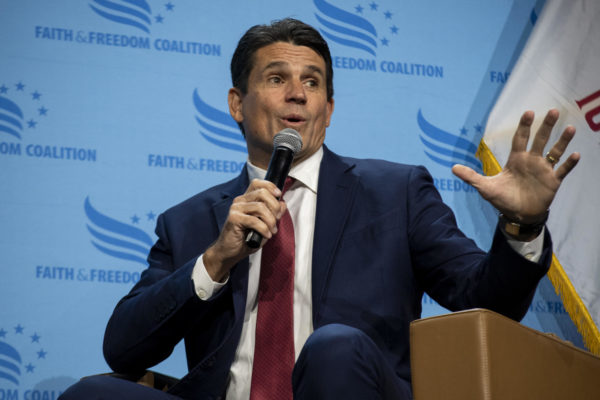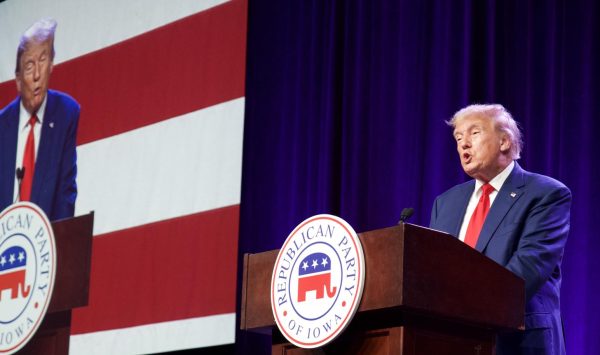Insurance giant AIG’s role in market crisis probed
October 7, 2008
WASHINGTON — Executives at American International Group Inc. hid the full range of its risky financial products from auditors as losses mounted, according to documents released Tuesday by a congressional panel examining the chain of events that forced the government to bail out the conglomerate.
Amid the rising losses, Federal regulators at the Office of Thrift Supervision warned in March that “corporate oversight of AIG Financial Products … lack critical elements of independence.”
At the same time, AIG’s auditor, Pricewaterhouse Cooper confidentially warned the company that the “root cause” of its mounting problems was denying internal overseers in charge of limiting AIG’s exposure access to what was going on in its highly leveraged financial products branch.
AIG’s problems as outlined at the House hearing did not come from its traditional insurance subsidiaries, but instead from its financial services operations, primarily its insurance of mortgage-backed securities and other risky debt against default. Government officials feared a panic might occur if AIG couldn’t make good on its promise to cover losses on the securities; investors feared the consequences would pose a threat to the U.S. financial system, which led to the government bailout.
House Oversight Committee Chairman Henry Waxman, D-Calif., also said that even as losses were engulfing the company, AIG executives depleted AIG’s capital through stock buybacks and higher dividends.
In prepared testimony, former AIG chief executive Martin Sullivan said many of the firm’s problems stemmed from “mark to market” accounting rules mandating that its positions guaranteeing troubled mortgage securities be carried as tens of billions of dollars in losses on its balance sheet. This in turn, said former AIG chief executive Robert Willumstad, forced the firm to raise billions of dollars in capital. The federal rescue came after AIG suffered disastrous liquidity problems after its credit rating was lowered, forcing the company to come up with even more capital.
“AIG was caught in a vicious cycle,” Willumstad said in the testimony.
A third former AIG CEO — Maurice “Hank” Greenberg, the company’s largest individual shareholder — canceled his appearance before the committee. Committee spokesman Karen Lightfoot said that Greenberg had bowed out because of illness.
The hearing is the second in two days into financial excesses and regulatory mistakes that have spooked stock and credit markets and heightened fears about a global recession.
The Federal Reserve rescued AIG with the $85 billion loan Sept. 16, one day after investment bank Lehman Brothers declared bankruptcy when the government wouldn’t come to its aid. Lehman Brothers’ chief executive officer testified Monday before the congressional oversight panel but didn’t shed much light on how the mid-September events cascaded into a collapse of credit markets requiring a broad bailout.
The government now holds warrants that can be converted into an 80 percent stake of AIG and there is hope taxpayers won’t lose money on the deal since the company has profitable subsidiaries that could be sold to pay off the Fed’s loan.
The Fed’s move rescued the company from bankruptcy after the insurance conglomerate’s exposure to enormous losses related to subprime mortgage securities forced it to the brink.
Despite the government’s move on AIG and Congress agreeing to spend up to $700 billion to buy up soured mortgage-based securities and other bad debt, credit remains tight, prompting the Fed Tuesday to announce it will buy huge amounts of commercial paper, a short-term financing mechanism that many companies rely on to finance their day-to-day operations, such as purchasing supplies or making payrolls.














